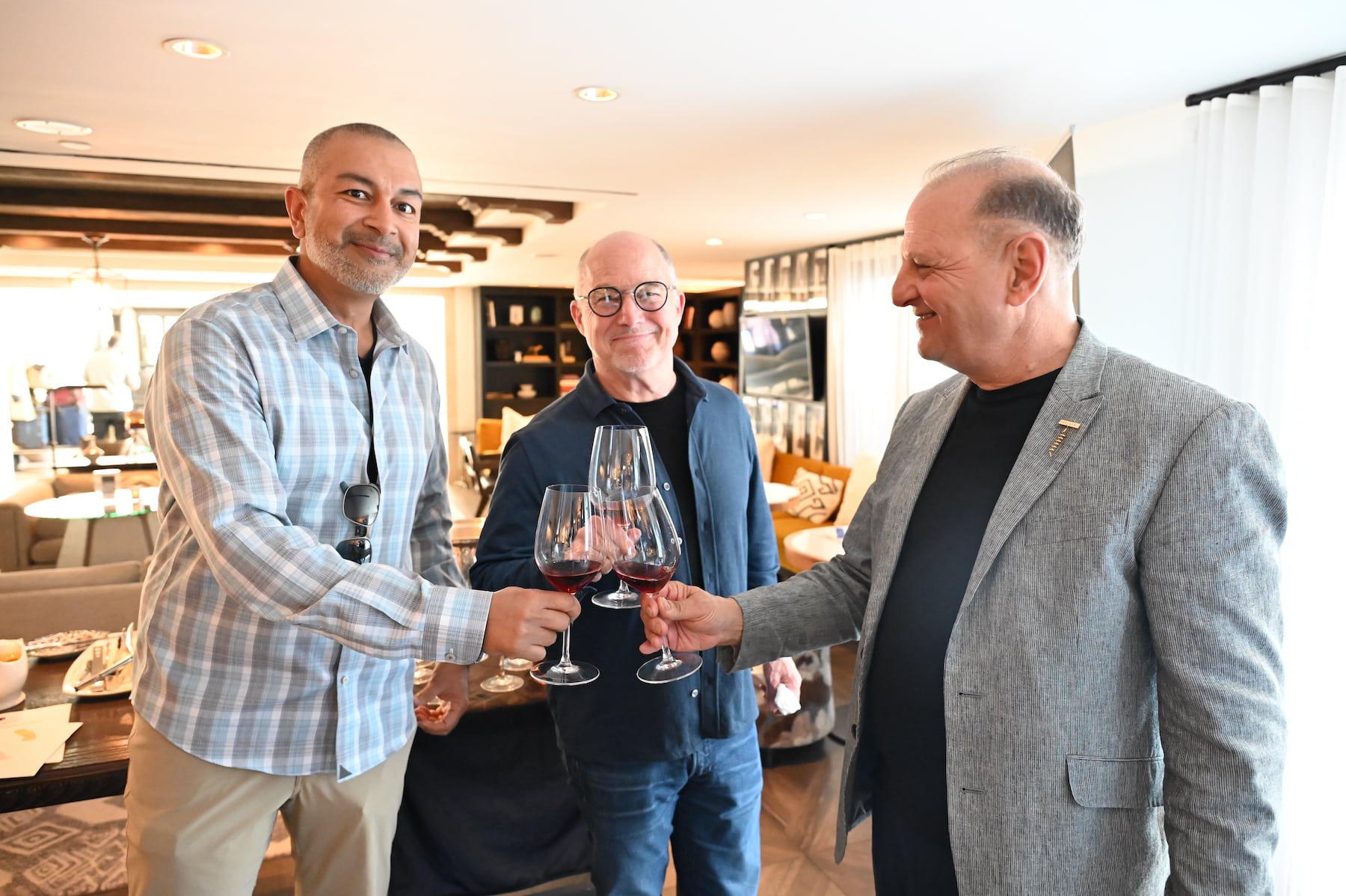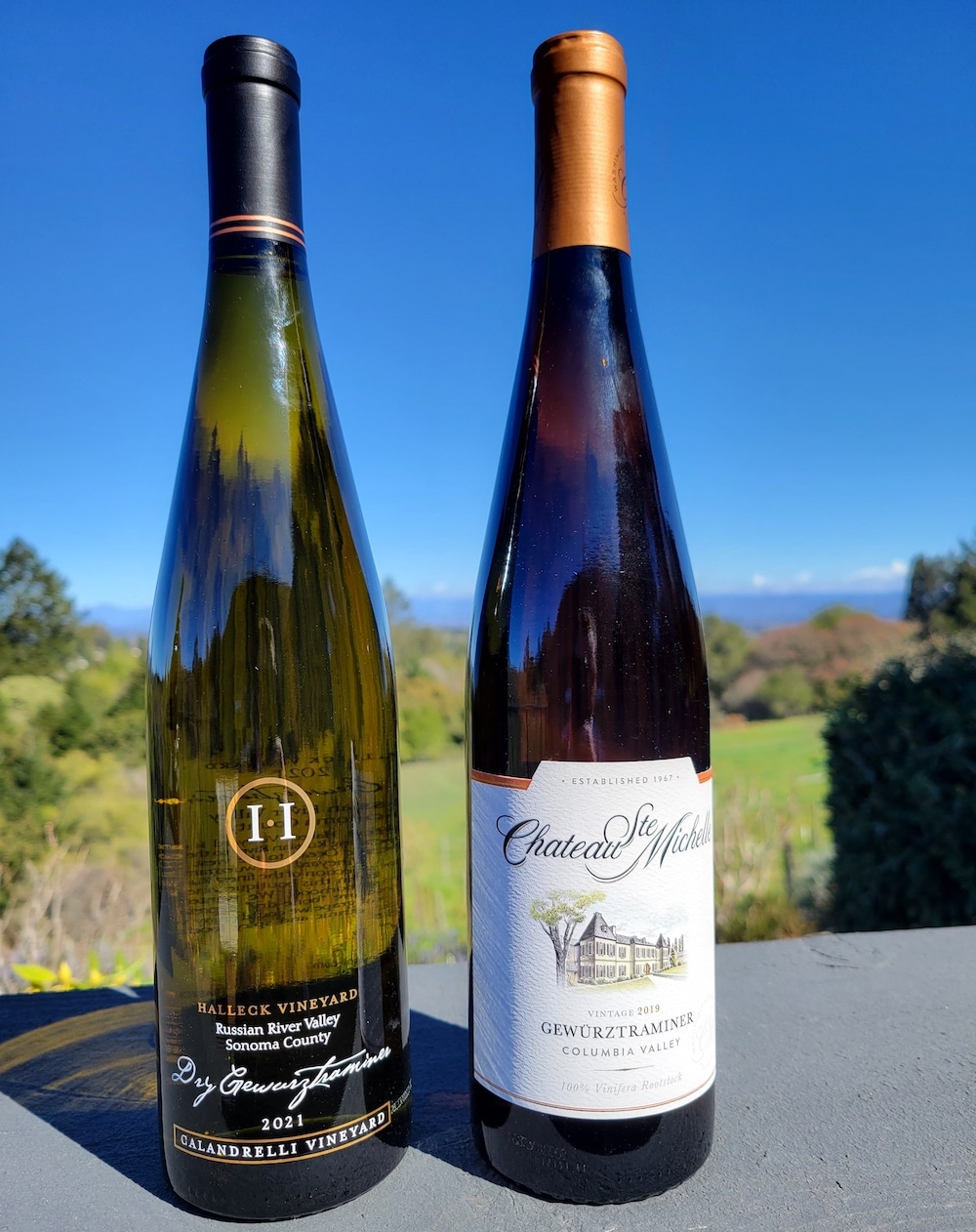Wineries Perfect For A Relaxing Afternoon - Discovering The Vineyards Of Sonoma County
Wineries Perfect For A Relaxing Afternoon - Discovering The Vineyards Of Sonoma County
Blog Article
Wineries That Offer Barrel Tastings - Sonoma Vineyards To Explore
Wine tasting is an art that mixes sensory experience with an appreciation for the nuances of different varietals. How to judge flavors in winery wine tasting classes is pivotal to greedy the complexities of wine.
Engaging in a wine tasting includes greater than simply sipping and savoring. It requires a focused approach to identify aromas and flavors that every wine presents. As you begin, observe the wine's look, noting its colour and clarity. These visible cues usually suggest a wine’s age, grape selection, and even potential flavor profiles.
The subsequent step in the tasting process is to swirl the wine in your glass. This action releases fragrant compounds which may be important for analysis. Lean in and take a second to inhale deeply; the aromas can vary from floral and fruity to spicy and earthy. The nostril of the wine is simply as necessary as the palate, and recognizing scents plays a big position in understanding the general experience.
When taking your first sip, enable the wine to maneuver across your palate - Cultural Wine Experiences In Sonoma County. Notice the preliminary flavors that present themselves. Is the wine fruity, floral, or perhaps herbaceous? This initial style gives insight into what the wine is prone to categorical as you continue to evaluate it. The mouthfeel additionally contributes to the overall flavor experience; it can be silky, tannic, or even effervescent.
Scenic Vineyard Tours In Sebastopol - Sonoma Vineyards For A Perfect Day Out
As you continue tasting, take note of the wine’s steadiness. A well-balanced wine will harmonize acidity, sweetness, and tannins. If one component overwhelms the others, it would indicate a much less fascinating quality. Evaluating steadiness may help you establish how nicely the wine would possibly pair with food.
Transitioning to the finish, think about how the flavors evolve because the wine lingers on your palate. A lengthy, nice finish can indicate a high-quality wine, whereas a brief or abrupt finish may recommend otherwise. Mirror on whether the flavors remain constant or if new notes emerge as the wine settles. This development can reveal complexities and intricacies that might not have been obvious in the initial tasting.
Temperature is also an important think about evaluating wine flavors. Completely Different kinds of wine are optimally enjoyed at specific temperatures. White wines often shine when chilled, while red wines usually perform best at room temperature. When tasting, ensure the wine is on the applicable temperature to completely recognize its character.
Wineries In Sebastopol - Enjoying Wine In Sebastopol
Pairing food with wine can significantly improve the tasting experience. Meals can influence the perception of flavors in wine, both highlighting certain characteristics or diminishing them. When evaluating flavors, think about how the wine interacts with totally different meals, noticing which flavors are amplified or muted (Celebrated Winemakers To Discover In Sonoma).

Contemplate the affect of terroir as you have interaction in a winery tasting. Terroir encompasses the distinctive environmental elements that affect grape rising, together with soil composition, climate, and geography. Understanding a wine's terroir can provide perception into its flavors and aromas, fostering a deeper appreciation for the choices made during its cultivation and production.
Training plays a basic position in enhancing one's ability to judge wine flavors. Studying about grape varieties, wine regions, and manufacturing methods can pave the best way for more informed judgments throughout tastings. Moreover, attending workshops or classes can refine sensory skills and broaden your flavor vocabulary, enabling you to articulate tasting notes extra effectively.
Finally, it's essential to remember that evaluating wine flavors is a extremely personal experience. Particular Person preferences and perceptions will invariably shape one’s tasting journey. Enjoyment must be at the forefront, with the evaluation process acting as a device to reinforce understanding and appreciation rather than create rigid pointers.
Wineries Located Near Russian River Valley - Best Vineyard Visits In Sonoma
In conclusion, mastering how to evaluate flavors in winery wine tasting classes includes a mixture of sensory engagement, knowledge, and practice. By studying to identify aromas, assess the balance, and recognize the intricacies of flavor, wine enthusiasts can deepen their connection to each bottle they encounter. As with any art kind, the more one immerses themselves in the experience, the extra they will discover and benefit from the vast world of wine.
- Start by observing the wine's color and readability, as these visible components can hint at its flavor profile and getting older potential.
- Swirl the wine gently in your glass; this releases aromatic compounds, permitting you to raised determine the complicated scents related to the wine.
- Take a deep inhale before tasting, focusing on both primary and secondary aromas to gather insights on fruits, spices, and other nuances.
- When tasting, permit the wine to coat your palate; note the preliminary flavors, the mid-palate complexity, and the end as these levels can provide totally different flavor highlights.
- Pay attention to texture and mouthfeel, as aspects similar to tannin levels, acidity, and sweetness contribute considerably to the general tasting experience.
- Examine flavors in opposition to commonplace wine characteristics; for purple wines, consider berry notes, oak influence, and herbal tones, whereas whites may embrace citrus, stone fruits, and floral hints.
- Take notes during the tasting session to trace your impressions, serving to you to recollect and consider the different wines sampled.
- Talk About your findings with fellow tasters or winery workers, as sharing insights can enhance understanding and appreciation of individual flavors.
- Permit time for the wine to breathe; sometimes, flavors evolve and reveal new dimensions after being exposed to air.
- Experiment with food pairings through the tasting as they can dramatically alter how flavors are perceived, influencing total enjoyment.undefinedWhat ought to I search for when evaluating the aroma of wine throughout a tasting?
Start by swirling the wine in your glass to launch its aromas. Bring the glass to your nostril and take a deep breath. Pay consideration to the primary scents you detect, as these are sometimes probably the most prominent. Look for fruit, floral, herbal, or earthy notes and try to determine particular characteristics, which is in a position to deepen your understanding of the wine's complexity.
Wineries Ideal For Large Groups - Best Vineyard In Sonoma

How can I distinguish between completely different flavor profiles in wine?
Understand that flavor profiles are sometimes categorized as fruit, floral, herbaceous, spicy, or mineral. Take small sips and allow the wine to coat your palate. Discover the primary flavors that emerge first and the delicate notes that observe. This layering is essential in distinguishing the wine's characteristics and can allow you to respect its distinctive profile.
Wineries With Unique Gamay Wines - Sonoma Vineyards Worth Visiting
What is the importance of the wine's texture in a tasting?
The texture of the wine, also recognized as mouthfeel, plays an important role in how we perceive flavors. Pay consideration as to whether the wine feels clean, creamy, or gritty. The physique of the wine (light, medium, or full) can enhance or contrast with flavors, offering a more rounded experience during tasting.
How do I assess the stability of flavors in wine?
Stability in wine refers back to the harmony between acidity, sweetness, tannin, and alcohol. Take a moment to assess whether these parts complement or intrude with one another. A well-balanced wine could have none of its elements overpowering the others, creating a discover here nice tasting experience.
Wineries With Outdoor Seating - Sonoma Wine Tasting Adventures
What role does temperature play in evaluating wine flavors?
Temperature can significantly impression the notion of flavors. Usually, red wines are best served barely under room temperature, whereas white wines get pleasure from being chilled. As the temperature modifications, the aromas and flavors can shift, allowing you to understand completely different traits. It’s essential to taste wine at its optimum temperature for true analysis.
Scenic Vineyard Tours In Sebastopol - Sebastopol Winery Experience
How can I improve my tasting skills over time?
Practice is key to improving your tasting skills. Vineyard Picnic Spots In Sonoma Valley. Attend tastings, keep a journal of your experiences, and discover various varieties of wines to broaden your palate. Moreover, learning about wine production and grape varieties can provide context that enhances your evaluation course of, making you a more knowledgeable taster.
Is there a particular order by which I ought to taste the wines?
Wineries With Live Music Events Occasionally - Top Wineries To Visit In Sebastopol
Sure, it’s advisable to taste wines from light to full-bodied and dry to candy. This progression prevents the stronger flavors from overshadowing the more delicate ones, allowing you to completely recognize every wine's traits and nuances with out palate fatigue.
How can I evaluate the aftertaste of wine?
Wineries Offering Virtual Wine Tastings - Enjoying Wine Tastings And Vineyards Near Sebastopol
The aftertaste, or finish, is an important facet of the wine-tasting experience. After swallowing, take note of how long the flavors linger on your palate and whether or not they change. A lengthy, nice finish is often an indicator of a high-quality wine, while a brief or disagreeable finish might suggest otherwise.
Why is it necessary to notice the wine’s acidity during tasting?
Acidity contributes to the overall freshness and construction of the wine. Pay consideration to the tingling sensation Get More Information in your tongue; higher acidity can improve the wine's liveliness and stability out sweetness. Noting acidity helps decide the wine's versatility with food and its getting older potential.
What ought to I do if I battle to determine specific flavors in wine?
Wineries With Artisan Chocolate Pairings In Sonoma - Wine Tasting Activities In Sebastopol
Struggling to identify flavors is common, especially for beginners. Focus on broader categories and describe what you can recognize, similar to sweet or earthy notes. With practice, reading about different flavor profiles, and perhaps using flavor wheels, you'll refine your senses and develop a more nuanced method to tasting. Report this page